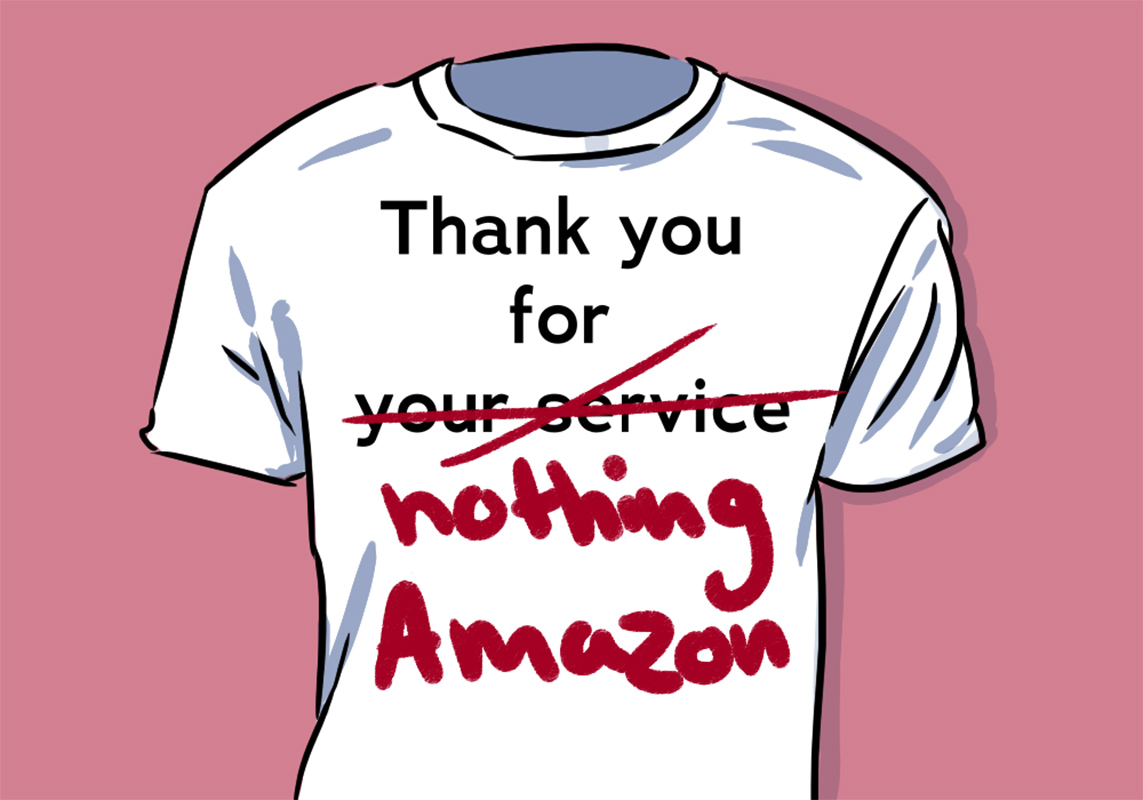As the initial shock of the global pandemic fades, many companies in North America are demonstrating that the hazard pay initially given to essential workers was far from the act of goodwill and unity it was presented as.
Quietly, and without the fanfare and social media presence the pay was originally given out with, organizations are replacing the hazard pay with capitalist-friendly incentives, or removing it outright.
The $2-per-hour hazard pay was initially started by many companies in mid-March as compensation for workers who were experiencing increased on-the-job risks due to COVID-19. During the uncertainty of how devastating the coronavirus would be, workers in retail, transportation, delivery, and health care continued to keep their communities functioning at great personal risk, often without proper safety gear or precautions.
Although the bulk of the companies discontinuing hazard pay is concentrated in the U.S., such as Kroger and Target, Canada is not immune. Amazon announced mid-May that they would be ending the $2 pay increase for workers in both Canada and the U.S., but would be giving some workers a “Thank you” T-shirt. Save-On-Foods, a Canadian company with most of their stores concentrated in Western Canada, halted their hazard pay this Saturday, replacing it with a choice of either 10 per cent off groceries or extra points on their More Rewards program.
Although the hazard pay was intended as a temporary initiative, the original reason for the incentive has not left. There are still over 34,000 active COVID-19 cases across Canada and over a million in the U.S., and while new daily cases are slowing they certainly aren’t stopping.
If anything, the risks these workers take every day has increased. More people feel comfortable leaving the house, and although many wear masks and maintain the recommended six feet of distance, far too many do not. Dangers will increase as well with the ongoing protests around the death of George Floyd. With thousands on the march across the U.S. and in parts of Canada, limited social distancing means the potential increased spread of the virus.
Taking away this pay directly impacts the most vulnerable members of our communities. Black people are already disproportionately affected by COVID-19, and are more likely to be essential workers. In Canada, the most common areas of employment for Indigenous women are in health care, retail, and social services, and almost a quarter of retail workers in the U.S. are over the age of 55, the age group most at risk from COVID-19.
Perhaps companies feel that with the increasing unemployment rate, they no longer need to incentivize workers to come to work — if they won’t, another person will. Or perhaps the positive publicity has already run its course, and is no longer worth the cost of hazard pay.
Workers in essential services are already underpaid and overworked, and should be compensated for the risk they are taking showing up to work each day, either willingly or out of necessity for keeping the lights on at home. If nothing else, this pandemic has proven that these workers are not optional for our communities to continue to function: they are essential, and their wages are not a PR stunt.
Illustration: Elyssa English/The Cascade


